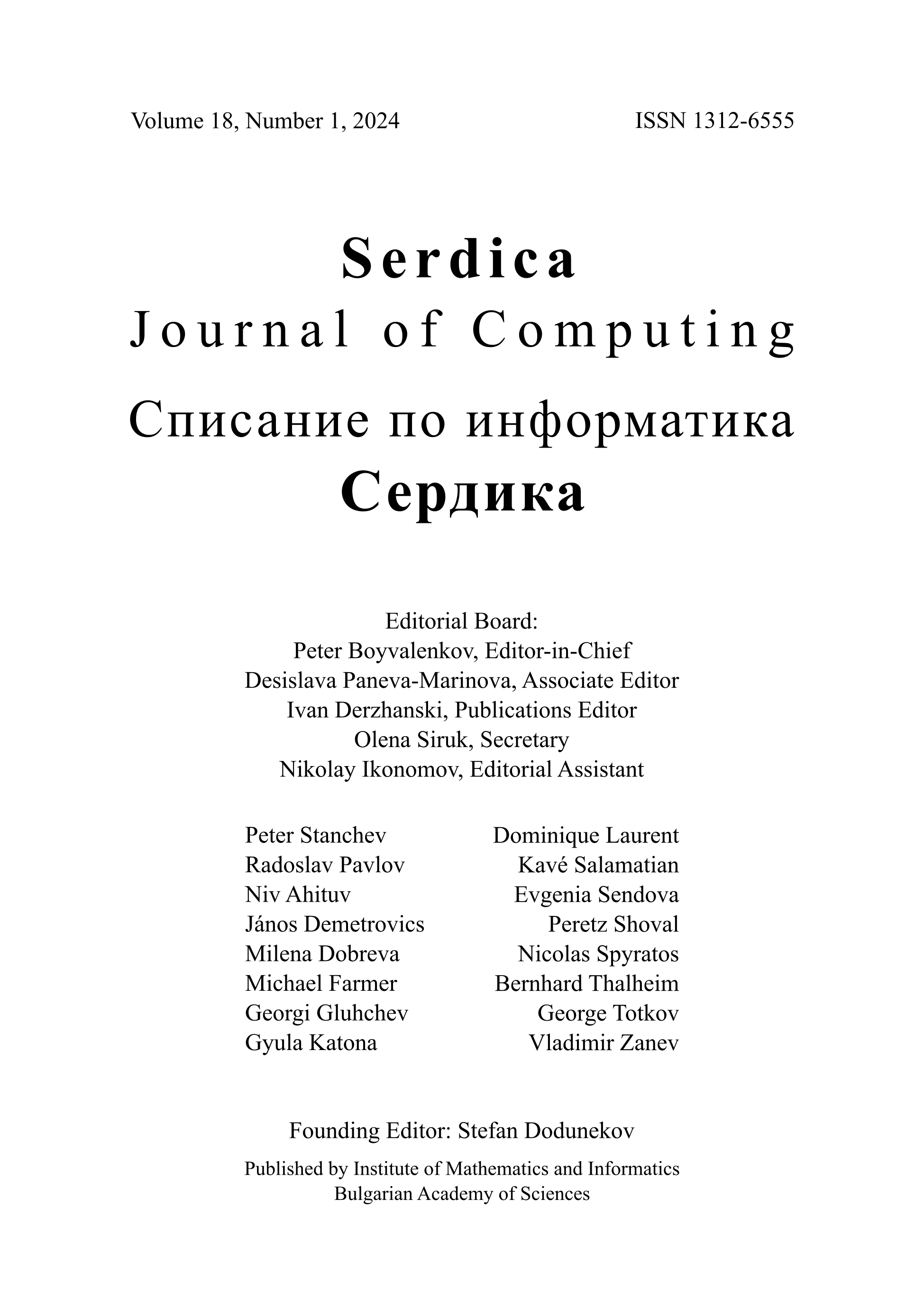Educating Mathematics and Science Students in Urban USA and Sub-Saharan Africa - Lessons Learned and Future Challenges
DOI:
https://doi.org/10.55630/sjc.2015.9.207-222Keywords:
Integrating Mathematics and Science Education, Interactive-white-boards Technology, Educating-the-educators Model, Collaborative Learning, Mastery-based LearningAbstract
This essay focuses on the challenges of implementing effective
mathematics and science programs in in secondary schools in urban America
and Sub-Saharan Africa. A successful approach for meeting these challenges
is considered which has first been introduced by the New Jersey Center for
Teaching and Learning. This approach is based on maximizing the connections
between mathematics and science, on developing an open-source software containing
the entire curriculum and loading it into a SMART board computer.
Integral to the methodology used is the presentation of questions
with multiple choice answers. The technology implemented enables students
to see the distribution of their answers (without seeing the correct one), and
the teacher engages them in discussion and debates about the merits of various answers.
The success of the educating-the-educators model supported by the implementation of
the SMART system in both urban America and in The Gambia provides a model that can be
replicated in diverse settings, and thus should be of interest to the world community
of mathematics and science educators.
ACM Computing Classification System (1998): K.3.1.

